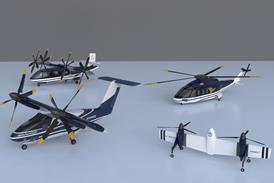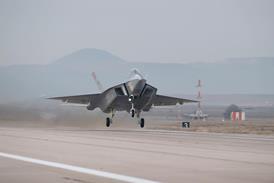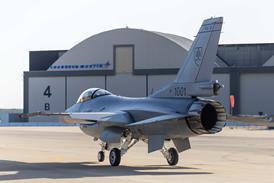Europe's move to create a rapid reaction force is to be applauded, but only if present coalitions are not damaged and as long as political manoeuvring within the European Union (EU) does not lead to a toothless tiger.
There have long been calls by NATO allies for the continent's governments to provide a greater contribution to European defence. Despite the level of opprobrium, the plan is little more than the formalisation of a situation that has existed for years.
While some may see the EU's move to create its own military capability as the formation of a transnational European Army - and history may indeed one day show that this initiative is the first step towards creating one - in reality recent operations have involved a coalition of member states' forces. Few nations, if any, can mount an operation single-handedly, be it rescuing nationals from a foreign trouble spot or peacekeeping.
Furthermore, aside from a small military staff in Brussels, there will be no standing forces. The EU has created a "force catalogue" from which it will select the necessary capabilities.
Critics reject the EU's plan as driving a wedge into NATO, dividing the continent from its US support. The Clinton Administration has been broadly supportive of the force - it will, after all, impel Europe to acquire more capabilities for itself rather than turning to its well-equipped US allies every time a crisis arises. The EU underlines that at most its force will allow Europe to undertake crisis management without always having to rely on NATO for support.
While the force's size would not allow it to mount an operation like last year's Allied Force campaign in Yugoslavia, it could have provided a united, and probably more efficient, deployment to East Timor, or brought some coherence to the multinational operation to rescue citizens from Kinshasa, Democratic Republic of Congo.
What is less clear is the new US administration's view of the EU initiative. The EU says it is not seeking to become Europe's military power and that the continent's security will remain NATO's responsibility. But Brussels and the European Parliament in Strasbourg must take great care not to alienate the country that has underpinned Europe's security since 1945.
The USA faces the same overstretch as many European NATO forces and Europe cannot afford to risk a withdrawal of US forces. Even a cursory look at the World Air Forces Directory will readily indicate the capabilities that Europe would lose.
Following its defence ministers' gathering in Brussels last week to make their pledges, the EU must ensure that these promises are kept and that all-too obvious capability gaps within European forces are filled. Only two countries, France and the UK, are able to launch expeditionary warfare. Few countries have any air defence suppression capability, tanker and strategic transport numbers in Europe are woefully inadequate and significant numbers of the latter are unlikely to be available before the Airbus Military Company A400M enters service in around 2008. Moreover, only the UK and France have national airborne warning and control and few states have ground surveillance systems akin to the US Joint STARS, with only the UK - with its ASTOR programme - acquiring a fixed-wing platform. The list goes on.
A commitment to raise defence spending across Europe is vital if these needs are to be met, and the EU must be instrumental in ensuring that funding is forthcoming. If not, the union will be a toothless tiger, or at the very least a tiger that cannot roam far from its home ground.
Europe must avoid the situation where one nation provides the bulk of the forces while the remainder offer piecemeal contributions to make up the numbers: a situation mirrored in NATO where the USA provides the lion's share.
If the EU is serious about having a military capability it will need to keep a tight reign on national governments so they provide what they have promised, so that defence spending is used to fill capability gaps and, perhaps most important of all, the EU needs to always keep in its sights the strength the USA provides to keep at bay any attempts to replace NATO.
Source: Flight International























